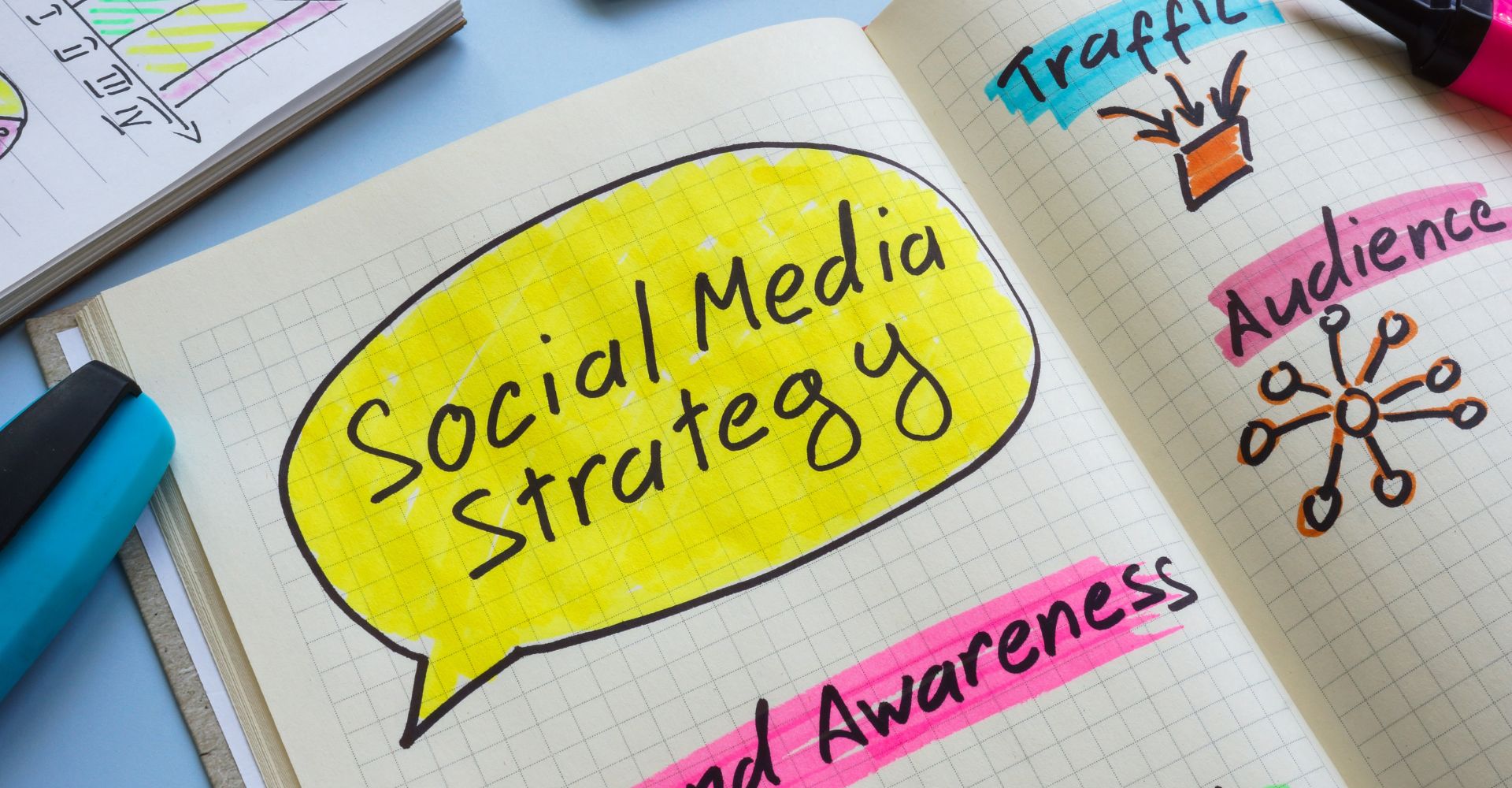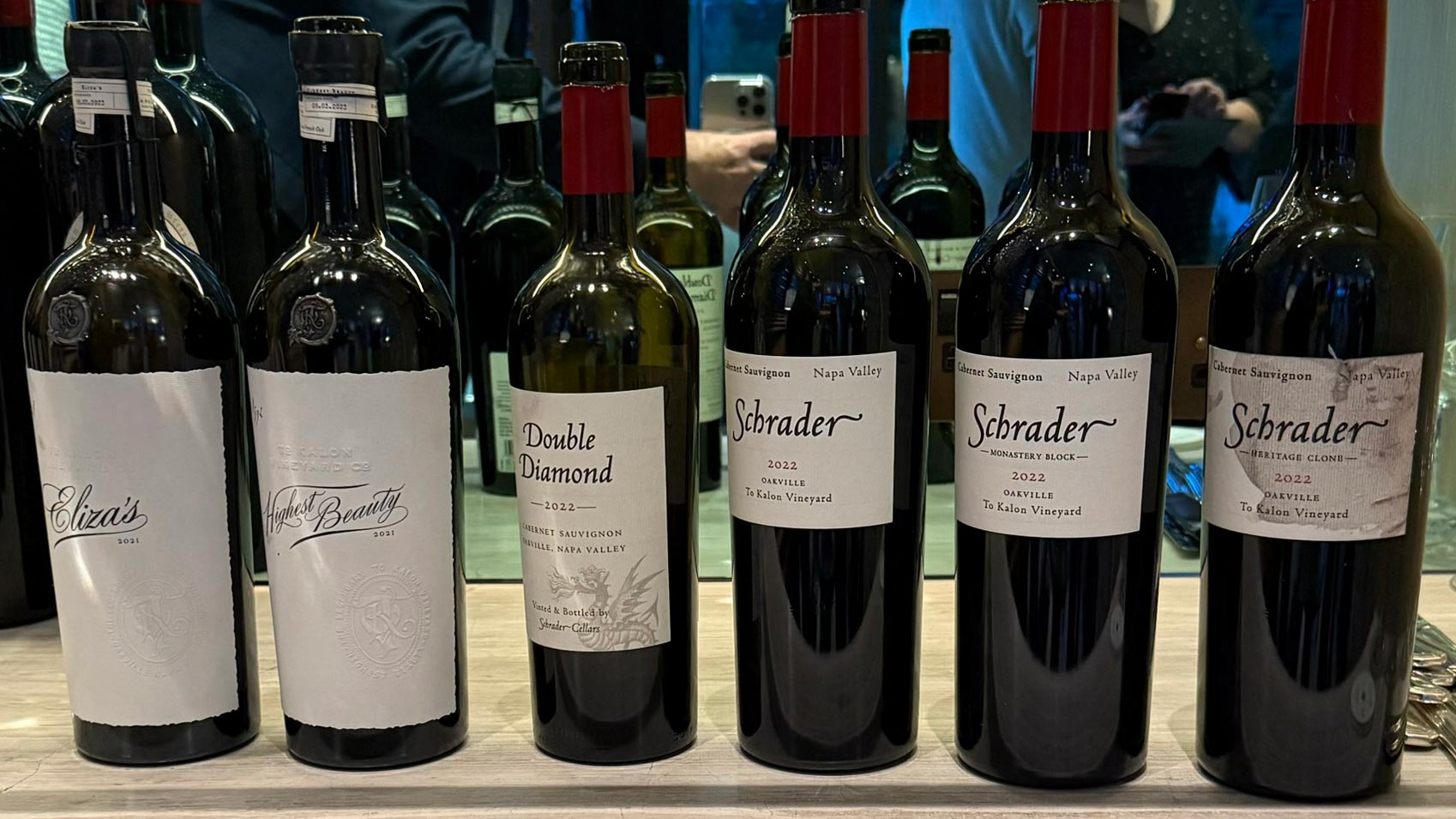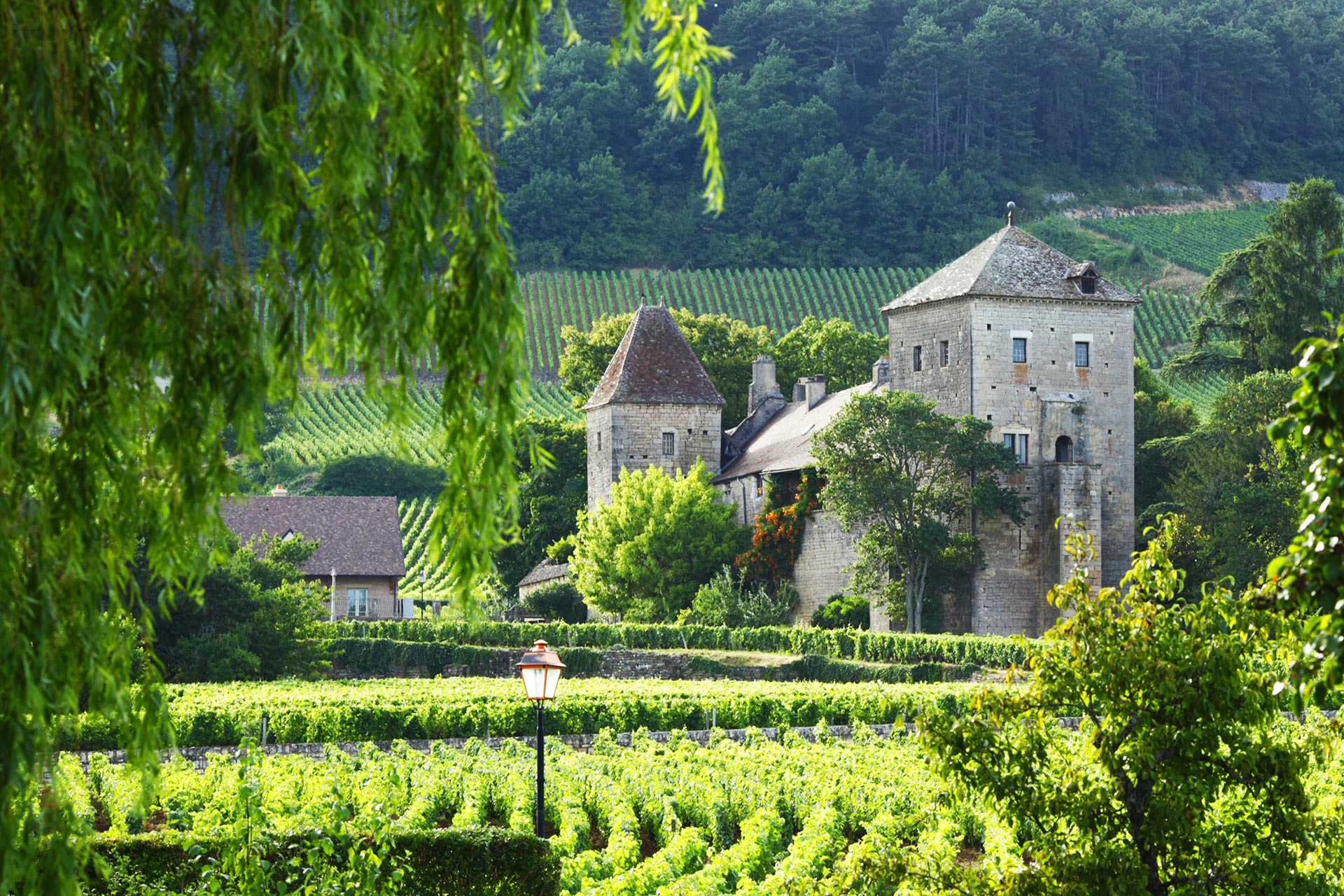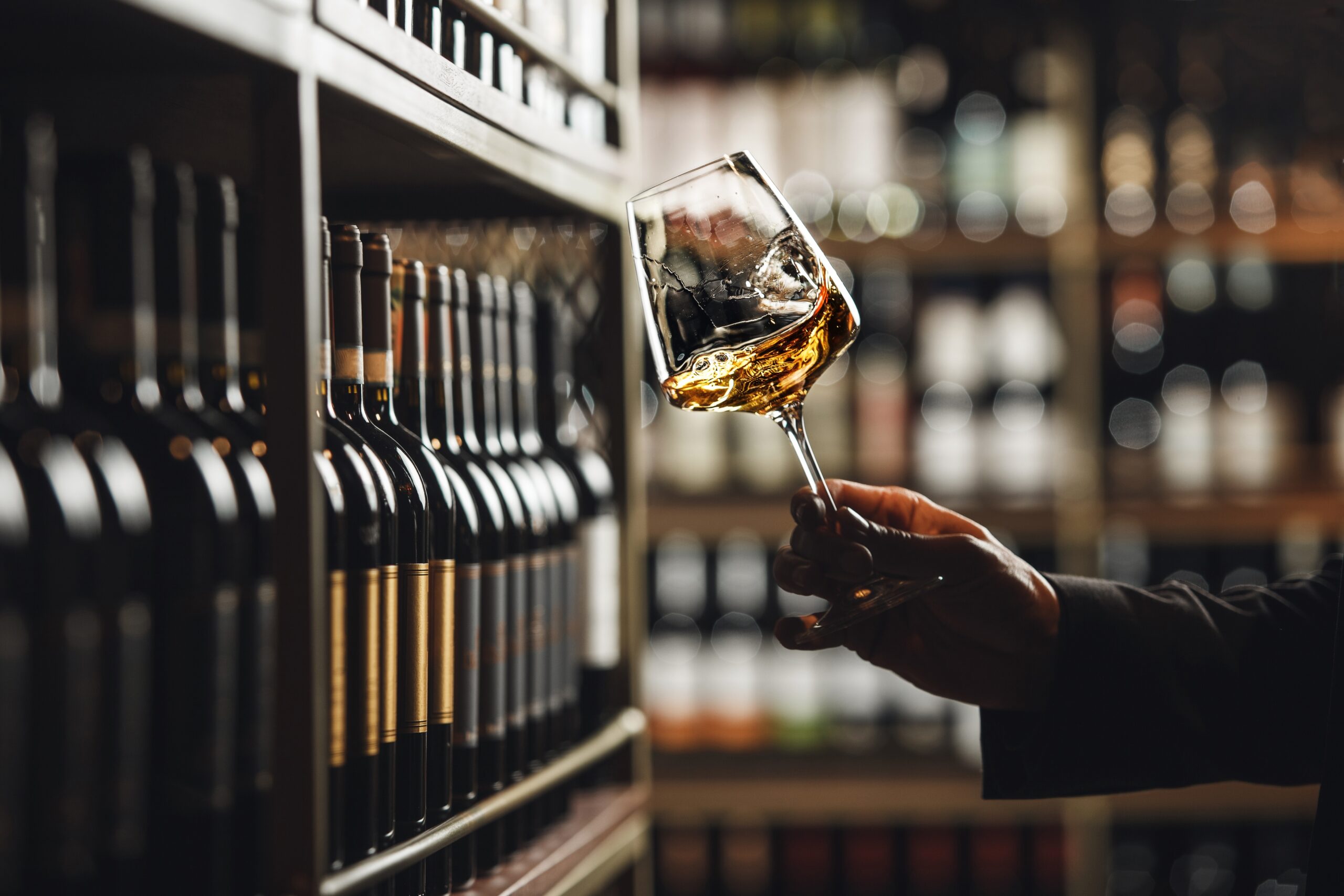10 Essential Steps for a Wine Social Media Strategy That Sells
In today’s digital age, every winery needs more than eye‑catching imagery; it needs a purposeful strategy that transforms casual scrollers into loyal fans and customers. A smart wine social media strategy starts with clarity: what are you aiming for? Is it broadening brand awareness, driving direct-to-consumer (DTC) orders, or deepening community engagement? Defining this upfront ensures every post aligns with your winery’s business goals. Knowing who you’re speaking to—and where they listen—is just as crucial. Instagram and TikTok are ideal for visually rich storytelling, especially for younger audiences, while Facebook handles events and ads well; LinkedIn is perfect if you’re reaching trade professionals
1. Define Objectives Aligned with Business Goals 🍇
Before posting anything, pinpoint what you want your winery to achieve:
- Brand Awareness – Reach wine lovers and influencers
- Direct Sales / DTC Growth – Push online orders or tasting bookings
- Community Engagement – Build loyalty and generate UGC
A 2016 Wine Opinions study reported that 45% of wine consumers turn to social media for wine information and events (prweb.com, researchgate.net, firebellymarketing.com). That makes social visibility essential—not optional.
2. Know Your Audience & Best Social Platforms for Wineries Platform
Different consumer segments gravitate toward different platforms:
- Instagram & TikTok are ideal for young, visually driven wine fans. Use Reels, Stories, and user-generated videos.
- Facebook is great for older demographics—perfect for winery events, community posts, and ads.
- LinkedIn suits B2B outreach—target wine educators, sommeliers, and partners.
Tailoring your messaging by platform—both in tone and format—is a key element of good wine social media strategy.
3. Tell Authentic, Day‑in‑the‑Vineyard Stories
Craft authentic stories—think day‑in‑the‑vineyard moments, winemaker intros, or sustainability snapshots—to pull people behind the curtain. Encourage user-generated content (UGC) with a branded hashtag (#SipOurVineyard, for example) and share the best fan posts. Micro-influencers (1K–10K followers) bring more authentic engagement than big-name accounts, and pairing their takeovers with your own content creates reach + trust
Content that shares the ‘how’ and ‘who’ behind the wine social media strategy adds authenticity:
- Post behind-the-scenes vineyard clips during harvest season.
- Introduce your winemaker in a short video or carousel post.
- Share your sustainability practices via stories or guides.
Invivo Wines, for example, builds its strategy around storytelling—an approach they call “not pompous or flowery” (en.wikipedia.org). Partnering with Graham Norton, they share blending sessions, candid behind‑the‑scenes moments, and celebrity-led tasting videos—adding strong personal connection and brand credibility.
4. Use Social Commerce & Referrals Smartly
Link your social posts to tangible actions—wine club sign‑ups, tasting bookings, or shop visits—using social commerce tools, referral incentives, or lookalike ads . Track what works using engagement, clicks, conversions, and demographics from platform insights and Google Analytics. Don’t forget age‑gated content and responsible‑drinking messaging—you need to stay compliant . Finally, keep your approach flexible: post regularly (3–4× per week), test new formats (Reels, TikTok), pilot creative campaigns, and iterate based on data.
Driving sales directly from social media requires more than linking-shops—it’s about trust and social proof:
- Invino (Not Invivo) adopted a “share-a-purchase” and “refer-a-friend” model, which increased their social-driven conversion rate by 133% (just-drinks.com, prweb.com). By rewarding customers who shared their purchase via social, they generated word-of-mouth that drove real revenue.
This shows that an effective wine social media strategy goes far beyond awareness—it must feed behavior, referrals, and transactions.
5. Work with Micro-Influencers & Thought Leaders
Wine influencers inform 68% of buyers’ choices (firebellymarketing.com). Collaboration opportunities include:
- Tasting nights where influencers post live reactions or behind-the-scenes clips.
- Instagram takeovers where trodden influencers guide followers through your vineyards or barrel rooms.
These personal endorsements help your wine social media strategy reach niche, high-trust audiences.
6. Engage Fans with UGC & #BrandedHashtags
Encourage users to share photos and moments with your wine—then highlight the best:
- Establish a branded hashtag (e.g., #SipOurVineyard).
- Repost UGC on your feed or in stories.
- Run “Best UGC of the Month” contests with small rewards.
This type of social proof enhances trust and brightens your inbound content—ideal for a comprehensive wine social media strategy.
7. Leverage Local SEO via Social Signals In Your Wine Digital Marketing
Social profiles (Facebook, Instagram, LinkedIn) rank in Google searches for your winery—so:
- Keep your location, hours, events, and contact info up to date.
- Use geo-tagging and create check-in incentives.
- Respond to reviews and comments promptly.
Local visibility is a powerful support pillar for your wine social media strategy, especially for driving in-person visits and bookings.
8. Track Metrics & Iterate Based on Performance
Monitor key metrics and refine your content strategy monthly:
- Engagement Rate: Likes, comments, shares per post
- Follower Growth: Are you gaining or losing fans?
- Link Clicks / Bookings: Track referrals from social to your website
- Conversion Rate: How often do posts lead to tasting reservations or wine sales?
Social platforms’ native analytics tools, combined with Google Analytics, give you the data to pivot with precision.
9. Comply With Alcohol Advertising Guidelines
Wineries need to follow local regulations in social:
- Avoid targeting under‑age audiences.
- Include age-gating where required.
- Add responsible drinking messages or logos (especially in regulated markets like UK or EU).
- Stay updated on paid‑ad restrictions/laws per platform.
Compliance ensures your wine social media strategy is sustainable—and legally sound.
10. Keep Your Strategy Fresh & Iterative
A resilient strategy blends consistency with experimentation:
- Post on Instagram at least 3–4x per week.
- Try new formats (e.g., Reels, TikTok, Carousel guides).
- Pilot campaigns quarterly—e.g., UGC contest, giveaway, Earth Day sustainability stories, holiday pairing guides.
These innovations help you adapt your wine social media strategy in response to changing audience habits.
Case Studies Summary
- Invivo Wines: built brand via celebrity partnerships, behind-the-scenes storytelling, and approachable visibility (emerald.com, firebellymarketing.com, sfchronicle.com, en.wikipedia.org).
- Invino (ShopSocially) grew social commerce conversions by +133% using referral and purchase-sharing tools (prweb.com).
- Wine Opinions study: 45% of wine consumers rely on social—driving the core purpose of any social strategy (firebellymarketing.com).
Final Pour
A successful wine social media strategy blends:
- Clear goals aligned with your business.
- Authentic, consistent content that builds trust.
- Smart social commerce and influencer collaborations.
- Measurement and iteration driven by data.
- Compliance with alcohol rules and platform policies.
This mix attracts attention, fosters brand loyalty, and converts followers into customers—whether that’s tasting room visitors or wine club sign-ups.
So raise a glass—to a social media strategy that doesn’t just post, but connects. With a clear purpose, platform-savvy storytelling, and smart tools to drive both action and loyalty, your brand can turn followers into club members, guests, or lifelong fans. Keep your visuals consistently on-brand, your tone authentic, and your calendar fresh. Combine that with ongoing measurement, continual experimentation, and responsible communication—and you’ve got a recipe that’ll keep your online following growing well beyond the harvest season.
Let me know if you’d like help crafting your first Reel, a content calendar, or running a micro-influencer activation. Cheers to content that sells!
Want help designing a tailored content calendar, setting up conversion-tracking pixels, or planning your next UGC campaign? I’m here to help—let’s refine your winery’s social strategy into a powerful growth engine. Cheers to cultivating both vines and online influence![/vc_column_text][/vc_column][/vc_row]



